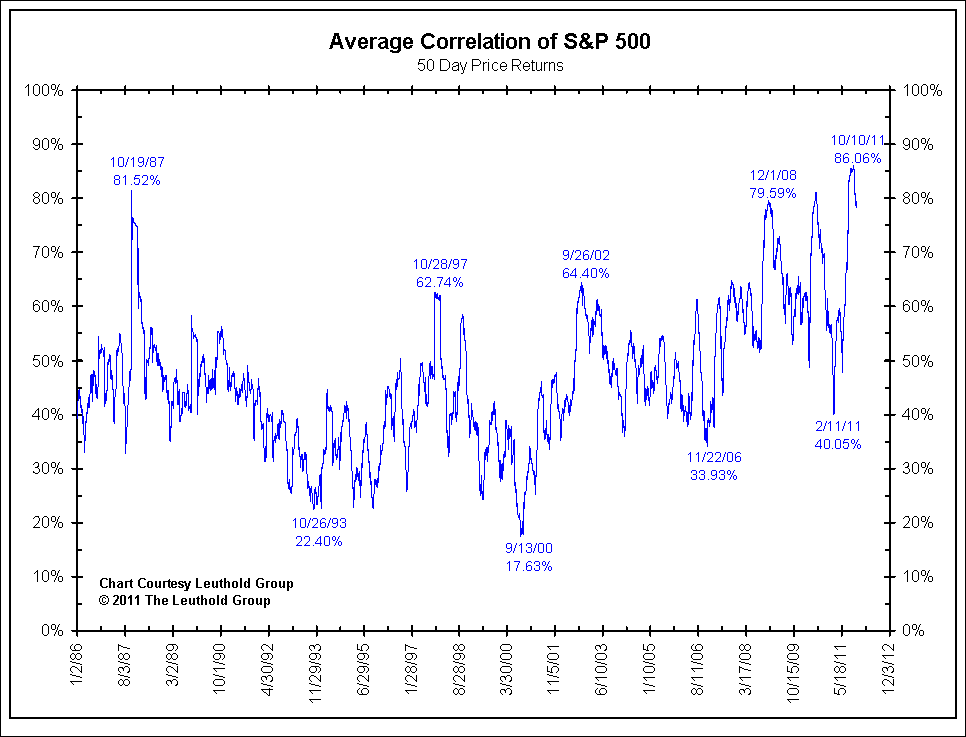The
TED Spread is a common reference for determining the amount of stress banks are having raising short-term cash. Specifically, it is the difference between three-month Eurodollar contracts (represented by
LIBOR) and three-month Treasury Bill yields.
Historically, it has been a good indicator of perceived credit risk in the overall economy because T-Bills are generally thought to be risk-free offerings and LIBOR measures the credit risk of lending to commercial banks. The difference is a premium for taking on additional risk.
Currently, the TED Spread sits at a new 52 week high of 56.82. Banks aren't lending to each other for a reason: they don't like the odds of repayment.
This can have serious consequences for a global economy trying to emerge from stagnation, and an even bigger impact for those countries trying to avoid a recession.
TED Spread Chart via Bloomberg:
Dec. 14, 2011
 Sources:
Bloomberg.com
Bankrate.com
Sources:
Bloomberg.com
Bankrate.com






